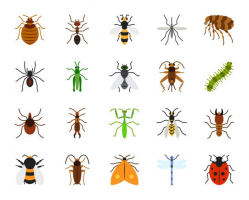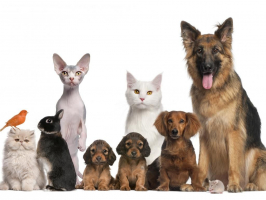Top 8 Questions About Mammals Answered
Mammals are creatures that have specific characteristics such as hair or fur on their bodies and four-chambered hearts. Mammary glands are unique glands found ... read more...in female animals that make milk for their offspring. They also have a neocortex portion of the brain that is specialized for seeing and hearing. There are many different types of mammals on the planet, including bats, cats, humans, and whales. Let's look at some popular questions regarding animals and their answers to learn more about them.
-
Mammals are a type of vertebrate creatures defined by the existence of mammary glands in females that produce milk for nourishing (nursing) their young, a neocortex (a portion of the brain), fur or hair, and three middle ear bones. These traits set them apart from reptiles (including birds), from whom they separated around 300 million years ago during the Carboniferous period. There are around 6,400 living species of mammals classified into 29 orders. The rodents, bats, and Eulipotyphla are the orders with the most species (hedgehogs, moles, shrews, and others). The Primates (humans, apes, monkeys, and others), Artiodactyla (cetaceans and even-toed ungulates), and Carnivora are the next three groups (cats, dogs, seals, and others).
Most mammals are intelligent, with some having huge brains, self-awareness, and the ability to utilize tools. Mammals may communicate and vocalize in a variety of ways, including ultrasonic generation, scent-marking, warning signals, singing, and echolocation. Mammals may form fission-fusion communities, harems, and hierarchies, yet they can also be solitary and territorial. The majority of animals are polygynous, while others are monogamous or polyandrous.
Mammals are also hunted and raced for sport, and are used as model organisms in science. Mammals have been depicted in art since Paleolithic times, and appear in literature, film, mythology, and religion. Decline in numbers and extinction of many mammals is primarily driven by human poaching and habitat destruction, primarily deforestation.
https://www.youtube.com/watch?v=tP0LUK-QKtM https://www.youtube.com/watch?v=fs9OoKv9Jts -
Many species have developed to integrate aerial mobility over time. Some of them have accomplished this via flying or gliding. Bats are the only flying mammals. Others can glide from tree to tree, but bats are the only animals that can fly propelled. Have you ever wondered if there are any other creatures that can fly besides birds? You would be accurate if you thought of bats. Bats are the world's only flying mammals.
The bat's arm bones and four fingers are slimmer, lighter, and longer. These are the primary flying adaptations of the bat. A thin membrane called the patagium covers the wings as well. The patagium is the membrane that joins the forelimbs to the hindlimbs. The membrane allows the bat to move more naturally and quickly than other birds. The arms are responsible for supporting, spreading, and manipulating the membrane. Bats' forelimbs evolved into wings to allow them to fly. The bat's thumb is not linked to the wing. The thumb can still stick to surfaces. This is especially useful while the bat is napping. A fantastic thing about bats is that their hind limbs bend backward while their feet face forward.
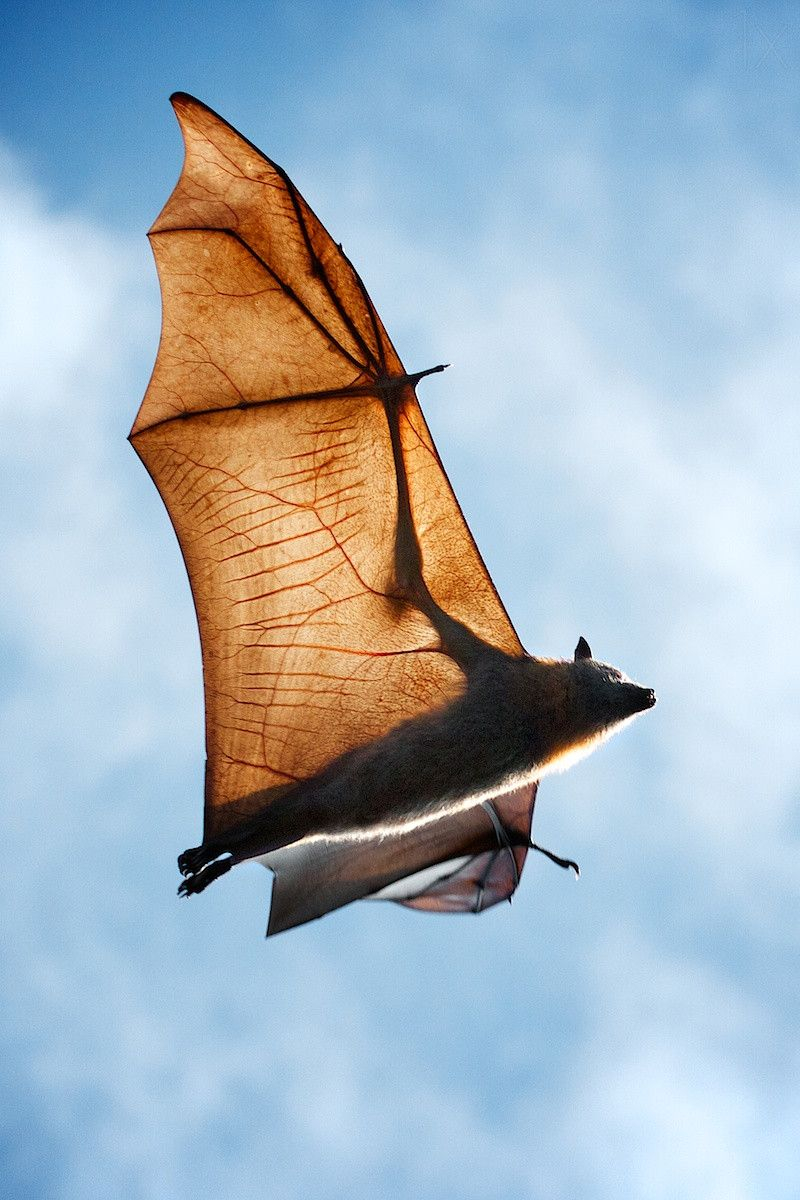
pinterest.jp https://www.youtube.com/watch?v=LNrRST1YhD0 -
Venomous mammals are mammals that manufacture venom and utilize it to kill or cripple prey, protect themselves against predators or conspecifics, or in agonistic confrontations. Mammalian venoms are a diverse group with varying compositions and mechanisms of action, originating in three orders of mammals: Eulipotyphla, Monotremata, and Chiroptera. It has been hypothesized that certain Primates, a fourth order, are poisonous. Mark Dufton of the University of Strathclyde has proposed that contemporary mammalian predators do not require venom since they can kill rapidly with their teeth or claws, but venom, no matter how sophisticated, requires time to cripple prey.
Despite the scarcity of venom among extant mammals, poisonous spurs similar to those of the contemporary platypus may be found in the majority of non-therian Mammaliaformes groups. Venom is far more frequent in other vertebrates; there are many more species of poisonous reptiles (for example, venomous snakes) and fish (e.g. stonefish). Some birds (e.g., hooded pitohui) are dangerous to eat or touch, but no bird species is known to be venomous. There are a few poisonous amphibian species; salamandrid salamanders can extrude sharp venom-tipped ribs.
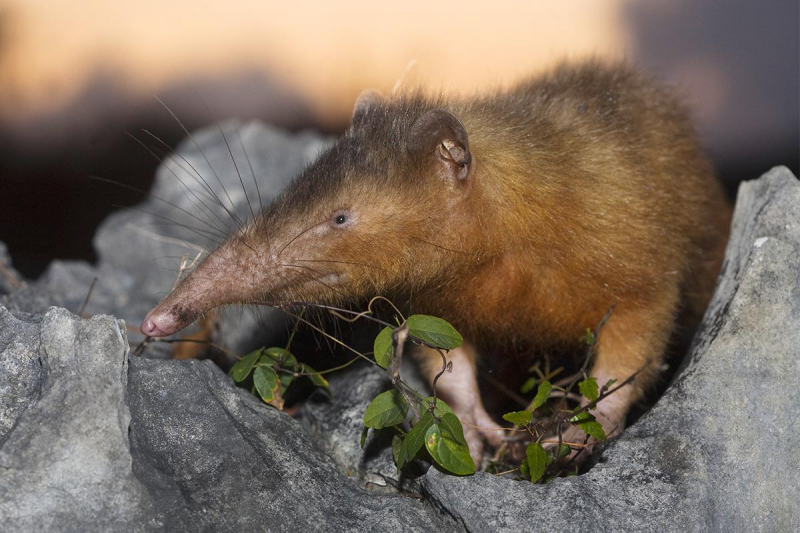
Reddit 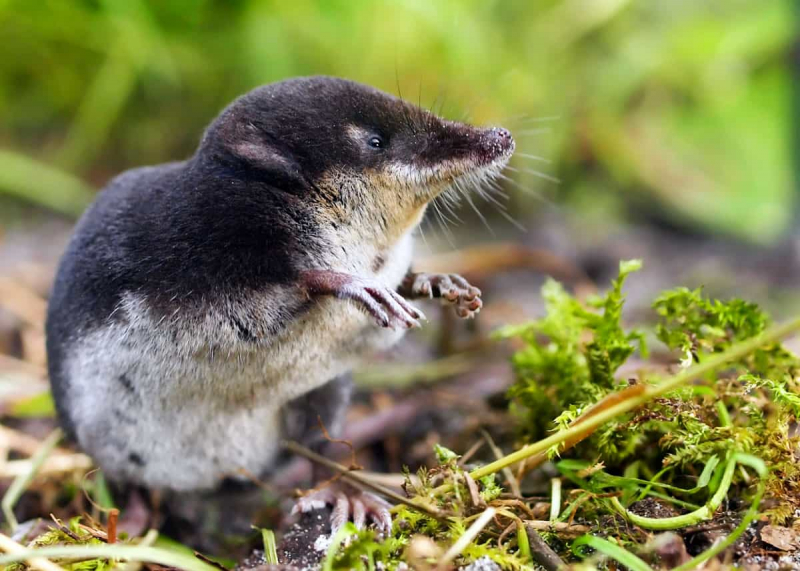
everywherewild.com -
The cheetah is the world's fastest mammal, capable of running at speeds of up to 70 miles (110 kilometers) per hour. Cheetahs can sprint from 0 to 45 miles per hour (72 kilometers per hour) in about two seconds, reaching high speeds of up to 300 yards (274 meters). Its physical components are designed for speed: big nose, lungs, liver, heart, and adrenals allow the cheetah to adapt to its surroundings and seek prey. When it has to generate tremendous bursts of acceleration—usually to hunt down an antelope or escape the fangs of a band of hyenas—its long, thin body twists like a whip. Sprinting requires special paw pads and non-retractable claws.
The cheetah lives in southern Asia and Africa's vast savannas, where it has plenty of space to run, wander, and hunt its prey. Cheetah moms spend a lot of time training their cubs how to hunt. Small, live antelopes, such as gazelles or impalas, are brought near the cubs and released so they may chase and catch them. The cheetah hunts throughout the day, favoring early morning or late afternoon, but it is also active on moonlight evenings. Purring, hissing, whining, and growling are all ways cheetahs communicate.
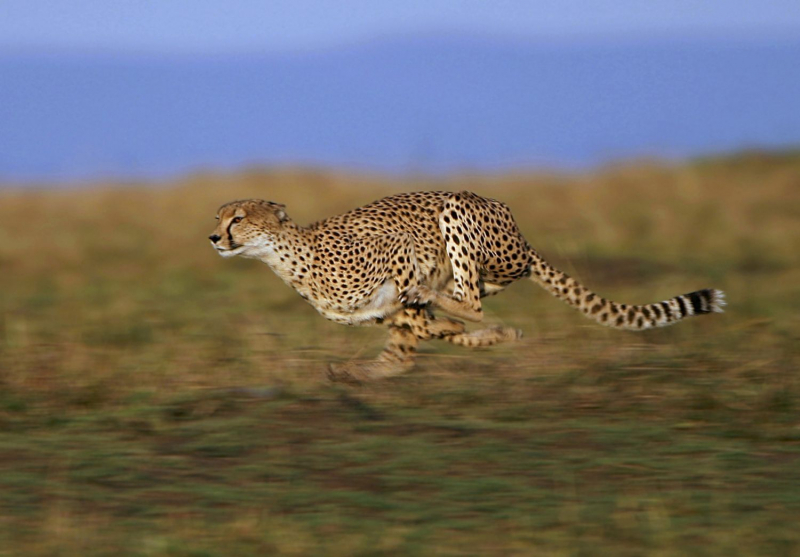
blogspot.com 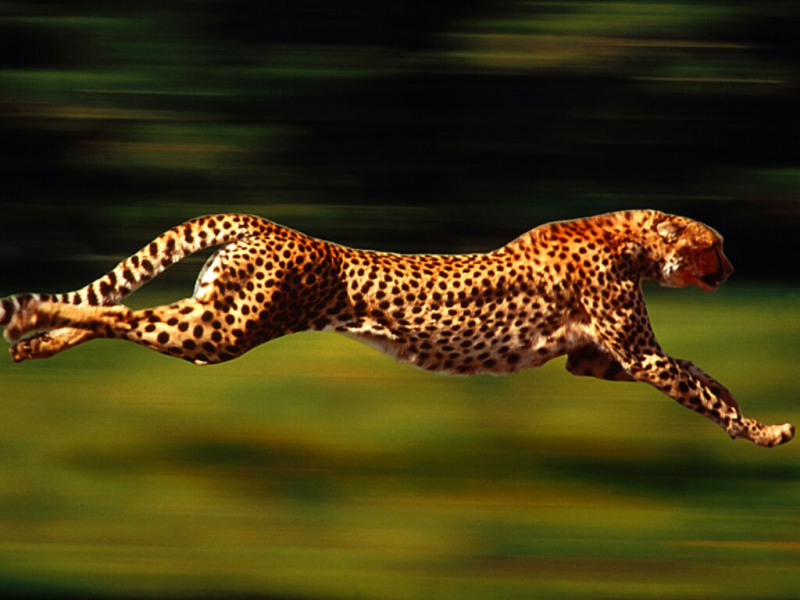
ThoughtCo -
The sloth is the world's slowest mammal. It spends the most of its life alone, hanging from tree branches, eating shoots and leaves, sleeping (up to 15 hours a day!), mating, and giving birth. The sloth uses powerful, curled claws on each of its four feet to grip tree branches. It is a nocturnal species that travels slowly and occasionally forages for insects. Sloths are distinguished by their small, flat skull, large eyes, short nose, short tail, long legs, and tiny ears. They are found throughout Central and South America.
Sloths are a suborder of Neotropical xenarthran mammals that include the present arboreal tree sloths and extinct terrestrial ground sloths. Tree sloths, known for their sluggish movement, spend the most of their lives hanging upside down in the trees of South and Central American tropical rainforests. Sloths and anteaters are thought to be the most closely linked xenarthran order, Pilosa.
Sloths get their moniker from their slow metabolism and methodical motions. Sloth, like slow, literally means "laziness," and its common names in various other languages (for example, French: paresseux, Spanish: perezoso) similarly imply "lazy" or something along those lines. Their slowness allows them to consume a low-energy diet of leaves while avoiding discovery by predatory hawks and cats that hunt by sight. Sloths are nearly powerless on land, yet they can swim. The shaggy coat has grooved hair that is home to symbiotic green algae that both camouflages and nourishes the animal in the trees. The algae also feed sloth moths, some of which live completely on sloths.
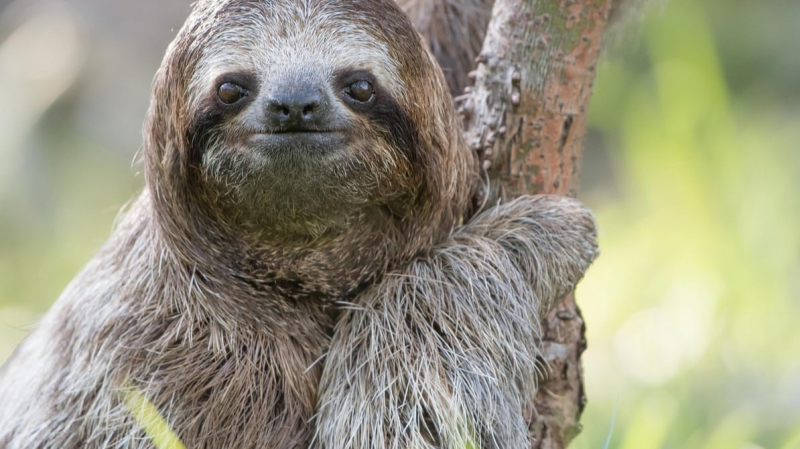
25hournews.com https://www.youtube.com/watch?v=OTp8W251aiQ -
The Western European hedgehog spends the most of its time sleeping. During the summer, it makes a nest of grass and leaves under tree roots or under a bush and spends roughly 18 hours a day there. It awakens at night to feed, sniffing for worms, insects, snails, and snakes for dinner. It hibernates throughout the winter months. For safety, the hedgehog curls into a tight, spiky ball while sleeping or sensing danger. Sloths, armadillos, and opossums, for example, sleep nearly as long as hedgehogs, collecting up to 17 hours every day! Other sleepy creatures include the dormouse (approximately 17 hours), koalas (about 15 hours), and all types of felines, including household cats.
The European hedgehog (Erinaceus europaeus), commonly known as the West European hedgehog or common hedgehog, is a hedgehog species endemic to Europe, ranging from Iberia and Italy to Scandinavia and the British Isles. It is a widespread and widely dispersed species that can thrive in a variety of habitat types. It is a well-known species that is popular in European gardens because to its appealing look and penchant for consuming a variety of plant pests. While numbers are now constant over much of its range, it is rapidly dropping in the United Kingdom, where it is now Red Listed (classified as near to extinction). The species was brought to New Zealand in the late nineteenth and early twentieth century, outside of its natural habitat.
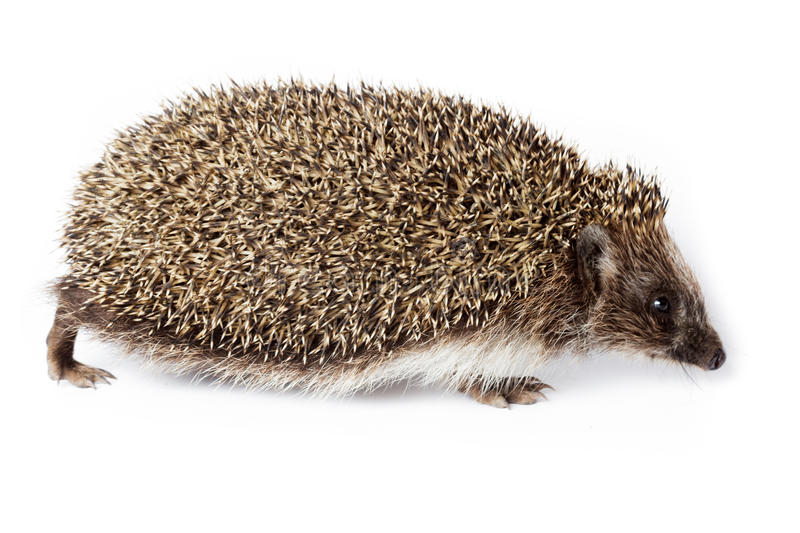
Dreamstime 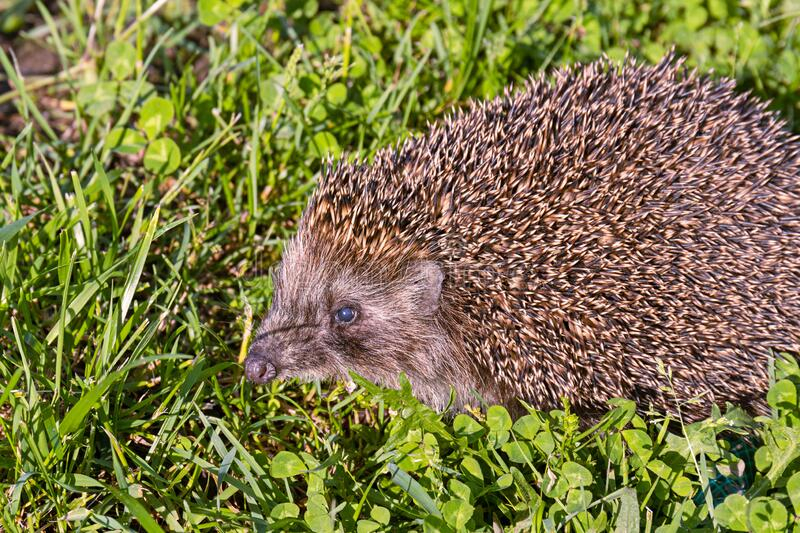
Dreamstime -
Skunks are mammals of the Mephitidae family. They are well-known for their propensity to squirt a powerful, unpleasant-smelling liquid from their anal glands. Skunks vary in appearance from black-and-white to brown, cream, or ginger, but they always have warning colors. Skunks are related to polecats and other members of the weasel family, but their closest cousins are the Old-World stink badgers.
As a protection against predators, this black and white critter sprays a foul-smelling, musky fluid. Most wild skunks spray as a protection strategy when they are hurt or assaulted. Its aroma is made up of chemicals that can be emitted by one or both of their anal glands. They can aim their glands at a target up to 15 feet (4.5 meters) away with incredible accuracy, but luckily for us, they tend to offer a little bit of early warning: to show anger or fear, they frequently stamp their front paws, knead the ground like a cat, and keep their tail upright.
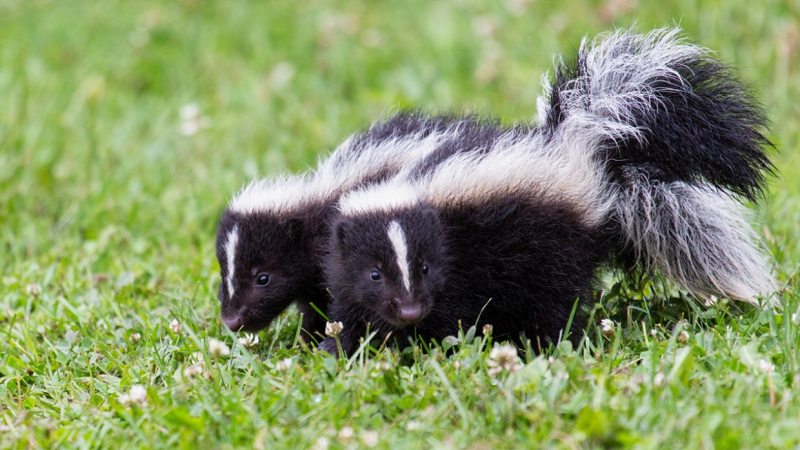
Humane Society of the United States https://www.youtube.com/watch?v=u-pms6XenFw -
Hair helps to insulate, conceal, signal, defend, and detect the immediate environment in contemporary mammals. Insulation aids to store heat while also protecting against extreme heat, as seen in diurnal desert animals like the camel. Human hair's principal role is to insulate the human body. Hair does this in two ways: it acts as a physical barrier between external cold air and the skin, as well as trapping warm air between the skin and the hair, keeping the body warmer.
The hair coat subserves a variety of purposes, including protection from the outside environment (including light), body temperature management, and feeling (tactile hairs or whiskers). It accounts for 24 percent of a mammals' body weight when combined with the skin. Hair, which offers insulation and protection, is regarded as one of the most important evolutionary breakthroughs that contributed to the emergence of mammals. According to National Geographic News, the roots of hair may be traced back to an unknown reptile progenitor that lived more than 300 million years ago, during the Paleozoic era.
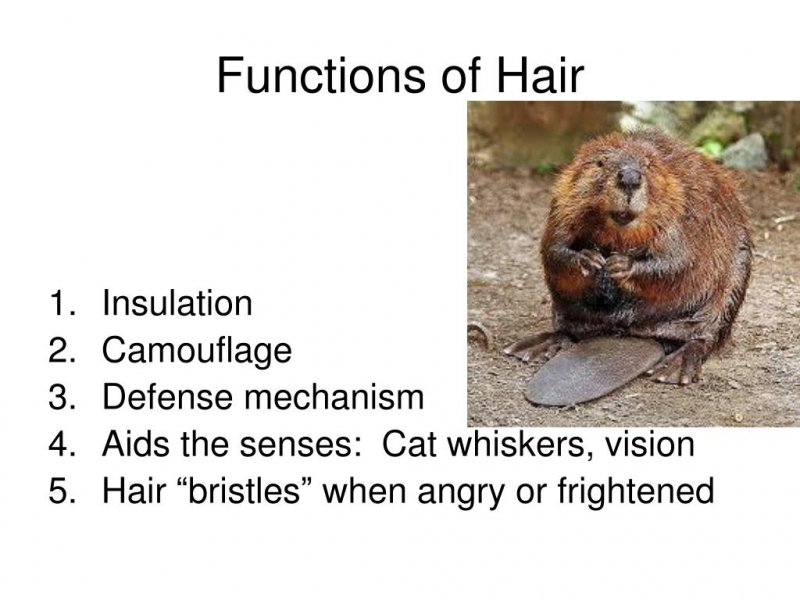
SlideServe https://www.youtube.com/watch?v=q1GeiQKMXSc












